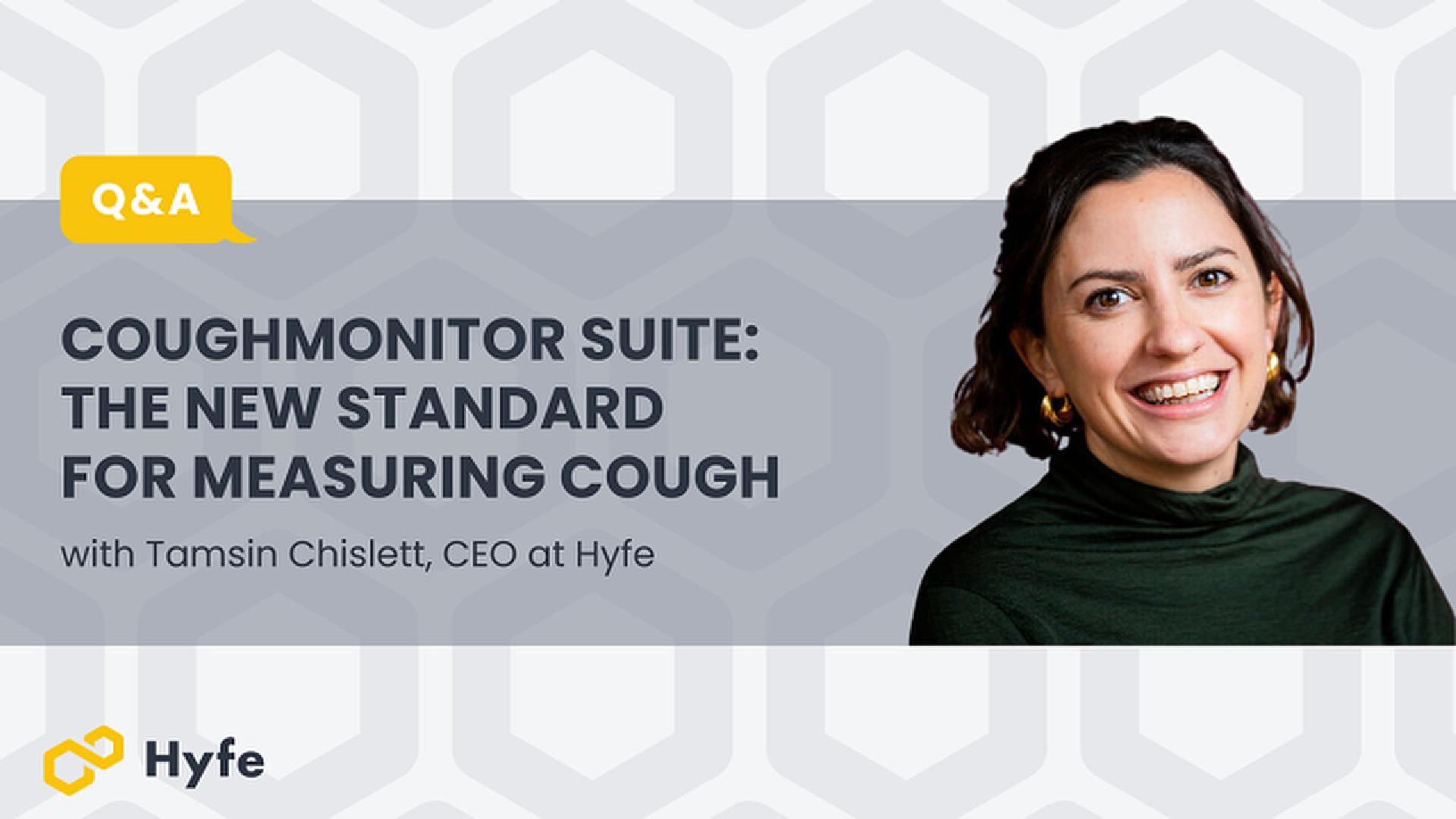Cough Monitoring and Covid-19

As of May 2024, the World Health Organization (WHO) has reported a total of almost 775,000,000 confirmed cases of COVID-19 globally and almost 7,050,000 deaths.
In 2022, 6.9% of adults reported having had Long COVID at some point, and 3.4% were currently experiencing it. The prevalence was higher among women compared to men
Interestingly, adults living in nonmetropolitan and medium/small metropolitan areas were more likely than those in large central metropolitan areas to have ever had or currently have Long COVID.
Cough is a primary symptom of Covid-19, and can be an early indicator of infection. (ref, ref, ref).
Cough and Covid-19
- Nighttime coughing might be an early indicator of a new onset infection, before symptoms are self-perceived (ref).
- Passive population-wide cough-monitoring (i.e. Hyfe in every smartphone) could be a significant tool to manage & control future pandemics (ref).
- A COVID-19 related cough can last from days to weeks, or even longer. It's identified as one of the most common symptoms of long COVID.
- There is a theory that the COVID-19 virus may target sensory nerves, which can contribute to a persistent cough. This aspect still requires more research for conclusive evidence.
- At-risk patient groups should be taken care of by preventing COVID-19, and treating new onset infections, complications as soon as possible.
- Evidence shows (perhaps counter-intuitively) that an absence of cough predicts bad outcomes and merits intensified care in severe COVID patients (ref).
Sources: WHO, WHO, US Census, CDC, CDC,CIDRAP, U Minnesota
Continuous, Unobtrusive Cough Monitoring in Respiratory Pandemics
The role of cough monitoring in the management and early detection of COVID-19, as well as its potential in preempting future pandemics, are topics closely related to Hyfe’s history.
Throughout the pandemic, cough monitoring has been used extensively including as a real-time indicator of pathogen spread, as an early warning and precise response to contagious outbreaks, as a predictor of outcomes in critically ill patients, as a tool in managing long COVID, as well as an inexpensive, scalable screening tool.

The Signal in Coughing
Coughing is a primary symptom in Covid-19 as well as in a majority of respiratory infections. In the context of infectious diseases, an increase in aggregate cough frequency at a community or population level can serve as an early indicator of pathogen presence, even before any specific pathogen is identified.
This has been proven during the COVID-19 pandemic, where surges in coughing within communities often preceded the confirmation of virus spread. Such preemptive signal offers a significant advantage in public health response, allowing for early intervention measures, potentially curbing the spread of the virus and maximizing the impact of scarce resources. This is part of a newly emerging branch of medical sciences,
Acoustic Epidemiology
Acoustic epidemiology leverages sound analysis to understand disease patterns, particularly in respiratory health. This includes acoustic surveillance, which involves monitoring cough frequency and analyzing variations, providing actionable insights into a population's health - particularly useful in detecting early outbreaks, as it offers real-time, location-specific data that can guide public health action.
Advancements in technology allows for sounds to be easily captured and analyzed, aiding in disease surveillance. This includes not only COVID-19 but potentially other respiratory diseases - including things like the flu, asthma or allergies.
Acoustic epidemiology, with its emphasis on sound-based surveillance, presents a low-cost, scalable alternative for early warning systems.
It can establish a baseline of normal sound patterns in specific settings, like offices or schools, and detect deviations that signal potential health threats.
The integration of new technologies, like powerful AI, smartphones and wearable devices, has given a significant boost to acoustic epidemiology and an opportunity to transform disease detection and management. Hyfe, for example, utilizes smartphone capabilities for respiratory sound tracking, demonstrating the practical application of this approach in real-world settings.

Management of Long COVID
Long COVID, a condition characterized by prolonged symptoms following an acute COVID-19 infection, often includes chronic coughing. In fact coughing remains the primary symptom in Long Covid. Continuous monitoring of cough patterns in individuals suffering from long COVID can provide valuable data for managing this condition. This information can guide healthcare providers in tailoring treatment and rehabilitation strategies, as well as in understanding the long-term implications of the disease.
Predicting Patient Outcomes in Critical COVID-19
A multi-site study has shown that the presence or absence of cough in critically ill COVID-19 patients strongly correlates with outcomes, confirming the predictive potential of acoustic biomarkers in hospitalized COVID-19 patients. Patients who exhibited a strong cough tended to have more positive outcomes, potentially due to the effective clearing of airways. Conversely, those lacking a robust cough response experienced worse outcomes, underscoring the importance of respiratory monitoring in critical care settings.
Cough Monitoring with Hyfe
The rate and frequency of coughing, along with its acoustic features, contain tell-tale signs indicative of specific indications, including COVID-19. Technologies such as Hyfe's, with the help of artificial intelligence and powerful machine learning algorithms, are enabling the development of tools capable of analyzing longitudinal cough frequency patterns at any scale, individually as well as at community level. Such technology offers a cheap, scalable screening method, particularly useful in resource-limited settings or as an adjunct to standard diagnostic tests.
Continuous, unobtrusive cough monitoring, empowered by AI, presents a generational opportunity in the battle against respiratory pathogens, including Covid-19. From enabling early detection to optimizing treatment protocols, managing treatment-related complications, and monitoring for recurrence, cough monitoring is a fantastic tool for enhancing patient care. As we continue to integrate such solutions and redefine standards of care, the future of lung cancer management looks more promising.
Hyfe (www.hyfe.com) builds software that detects coughing via audio analysis on phones, watches, wearables, and other devices with mics. Cough detection is fully automated, using AI algorithms trained on the sounds of coughs of tens of thousands of individuals. Since the system runs fully on-device, no audio data is sent to servers, thereby ensuring full patient privacy. By using Hyfe’s technology to detect and quantify cough, healthcare organizations seeking to roll out or improve CHF remote patient monitoring can improve outcomes and cut costs.
Hyfe Leads the Scientific Conversation Around Cough:
Scientific Validation of Hyfe's Cough Monitoring Technology
Cough Monitoring for Other Indications
Our latest news
Lorem ipsum dolor sit amet, consectetur adipiscing elit. Non eget pharetra nibh mi, neque, purus.




